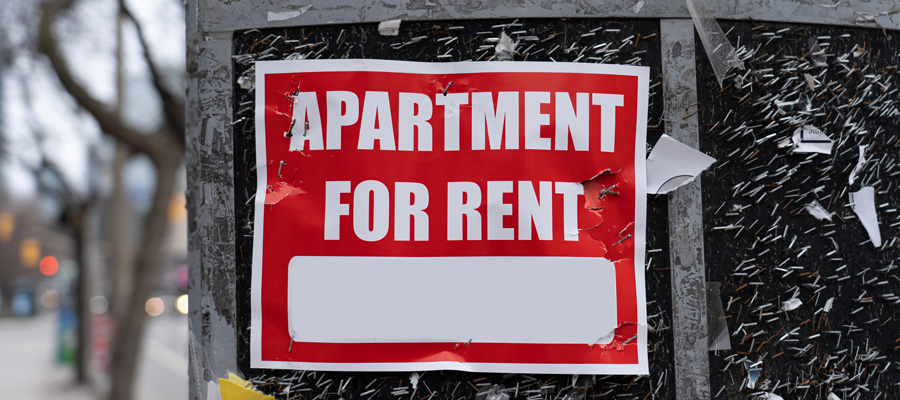Paying a living wage key to Canada’s post-COVID economic recovery

The cost of living in Canada is on the rise and for workers earning low wages, making ends meet continues to be a struggle. The living wage rates for cities and communities across the country have just been released and not surprisingly they are also on the rise.
The 2021 rates include Vancouver ($20.52), Victoria ($20.46), Calgary ($18.60), Edmonton ($18.10), Toronto ($22.08), Ottawa ($18.60) and Halifax ($22.05).
A living wage is different from the minimum wage, which is the lowest that an employer can legally pay their staff. The living wage is calculated as the income that a family actually needs to be able to live and work in their community. In most communities across Canada the living wage is significantly higher than the minimum wage. And in Canada’s biggest cities, there is a gap of at least $5 an hour between the minimum and the living wage.
The increasing cost of housing is putting the most pressure on expenses. Provincial government investments in areas like child care help account for the difference in the living wage when comparing cities like Vancouver and Victoria to Halifax. Even though housing costs are higher in these BC cities than in Halifax, the living wage is lower due to government investments in child care and other supports.
The COVID-19 pandemic has deeply affected the Canadian economy. It exposed the essential role that many low wage workers play in our lives and the dangers many face going to work to make ends meet. These workers deserve a living wage.
Given that women, racialized workers and new immigrants are disproportionately represented among the lowest paid workers, lifting these workers up is also a commitment to advance equity and justice.
A living wage is different from the minimum wage, which is the lowest that an employer can legally pay their staff. In most communities across Canada the living wage is significantly higher than the minimum wage.
The challenge that many employers are facing to find workers as the economy reopens highlights the need for living wages. Workers have pointed out they do not want to return to jobs that do not pay enough to meet their needs while carrying increased health risks. Many employers are finding they need to increase wages to attract and retain workers.
Over 600 certified living wage employers across Canada have now committed to pay their staff and contracted workers a living wage. They vary from small family-owned businesses to large multinational companies. Many non-profits and municipalities have also joined the campaign to help to help more people in their communities earn a wage that can adequately support families.
Paying a living wage is good for communities across Canada because low-income earners tend to spend more money locally. This helps strengthen small businesses across the country. As Canada begins to rebuild following the impacts of the pandemic, all employers should look to pay their staff and contracted workers a living wage.
Calling for employers to pay a living wage voluntarily is not a substitute for a needed, substantive increase to the minimum wage, strengthening labour standards including paid sick days and for public investment in quality universal public services in child care, pharmacare, dental care and more affordable housing. Together with fair wages these are all critical elements of a just recovery.
Topics: Economy, Employment & labour, Poverty, inequality & welfare


